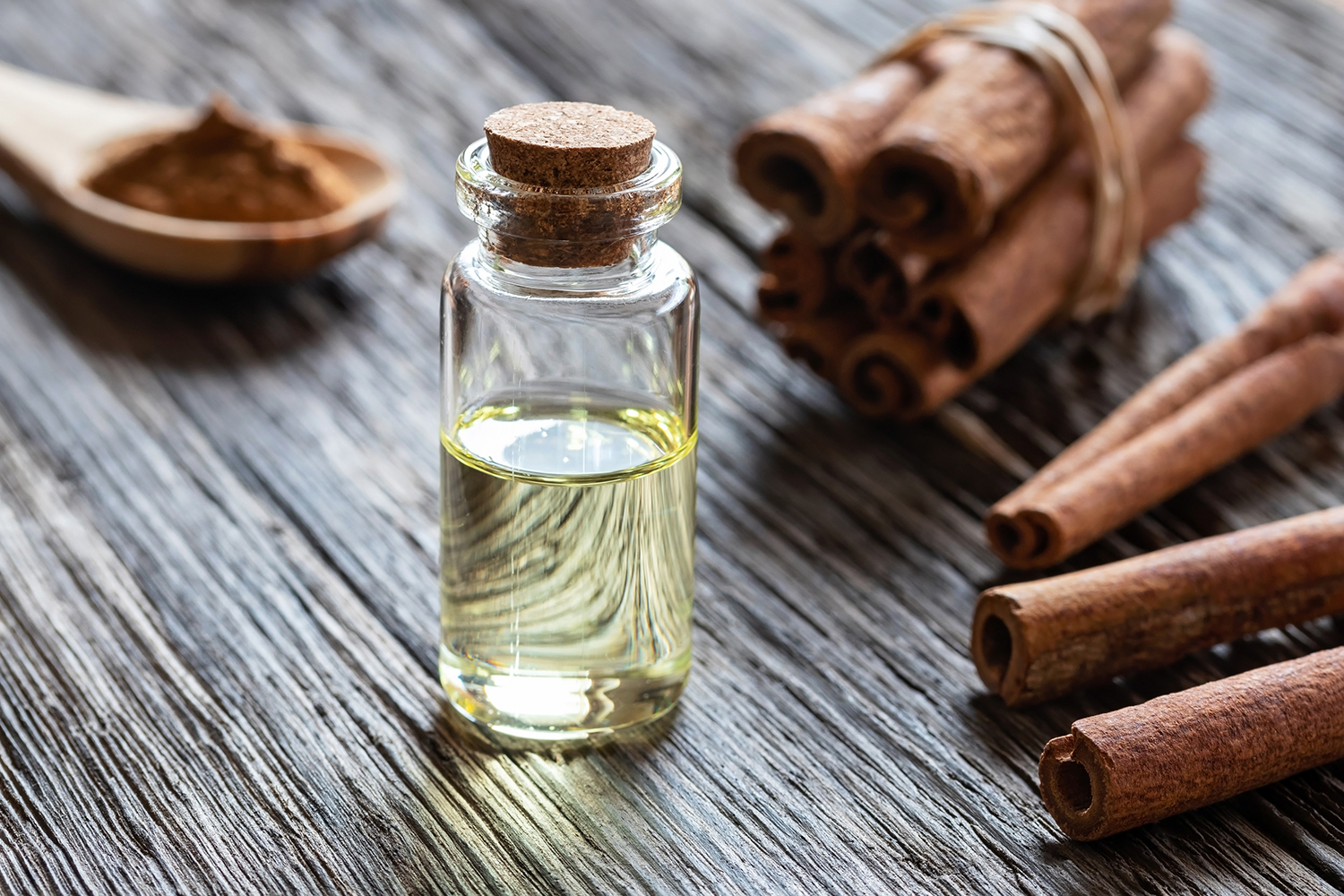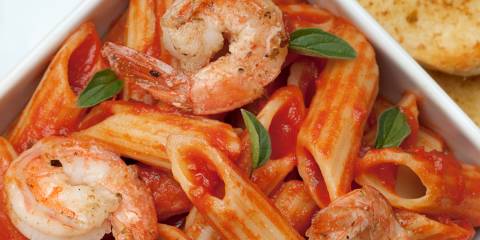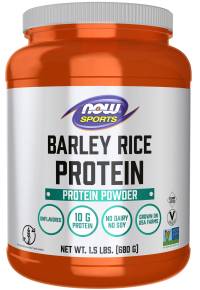Science is learning that essential oils offer more than just comforting scents.
These plant-based oils may be able to kick colds and other bacteria to the curb.
Essential Oils to Fight Colds and Bacteria
Some scientists are hopeful that as bugs like MRSA become ever more resistant to drugs, essential oils could prove to be a secret weapon. How so?
Another study was very comprehensive: out of 21 essential oils tested in a lab, 19 showed antibacterial activity against one or more bacterial strains.
“Cinnamon, clove, geranium, lemon, lime, orange, and rosemary oils exhibited significant inhibitory effect,” the study reported.
“Cinnamon oil showed promising inhibitory activity even at low concentration . . . against the tested bacteria.”
-
Cinnamon Bark
Cinnamon bark, for example, has a compound known as cinnamaldehyde, which studies indicate can be effective against bacteria like E. coli.
-
Lemongrass
Lemongrass, which contains geraniol, may help when fighting pneumonia.
-
Thyme
Thyme contains compounds called thymol and carvacol, which fight disease-causing bacteria and fungi that can lead to ailments such as candida and S. aureus. Use this essential oil if you're suffering from congestion and sneezing.
-
Sweet Basil
One study found that sweet basil displayed a “great potential of antibacterial activity” against a host of familiar enemies: Staphylococcus aureus, Listeria monocytogenes, S. dysenteriae, and Salmonella typhi.
-
Peppermint
Peppermint can clear airways.
How Essential Oils Work
Essential oils are rich in chemicals like phenols and ketones—the same chemical molecules that the pharmaceutical industry targets.
Phenols in particular are helpful in bolstering the immune system and acting against virus and bacteria in ways that are nontoxic and without side effects.
And that’s the interesting part: Because the chemical constituents of pure essential oils are so variable—effected by everything from rainfall, daylight, soil conditions, and elevation—their make-up may be too elusive to adapt to.
That variance might prevent viruses, fungi, and bacteria to develop the resistances they now have with well-known drugs, all of which have precisely measured chemical formulas.
More research still needs to be done, of course, and this thinking does not apply to anything but the best quality and properly distilled essential oils that have no chemical additives or base oils. (That leaves out, for example, perfume-grade oils, which are chemically modified.)
Still, this is great news for those looking for an alternative to toxic antibacterial agents. Essential oils should not be taken internally. Discuss how you plan to use essential oils with your healthcare practitioner.





